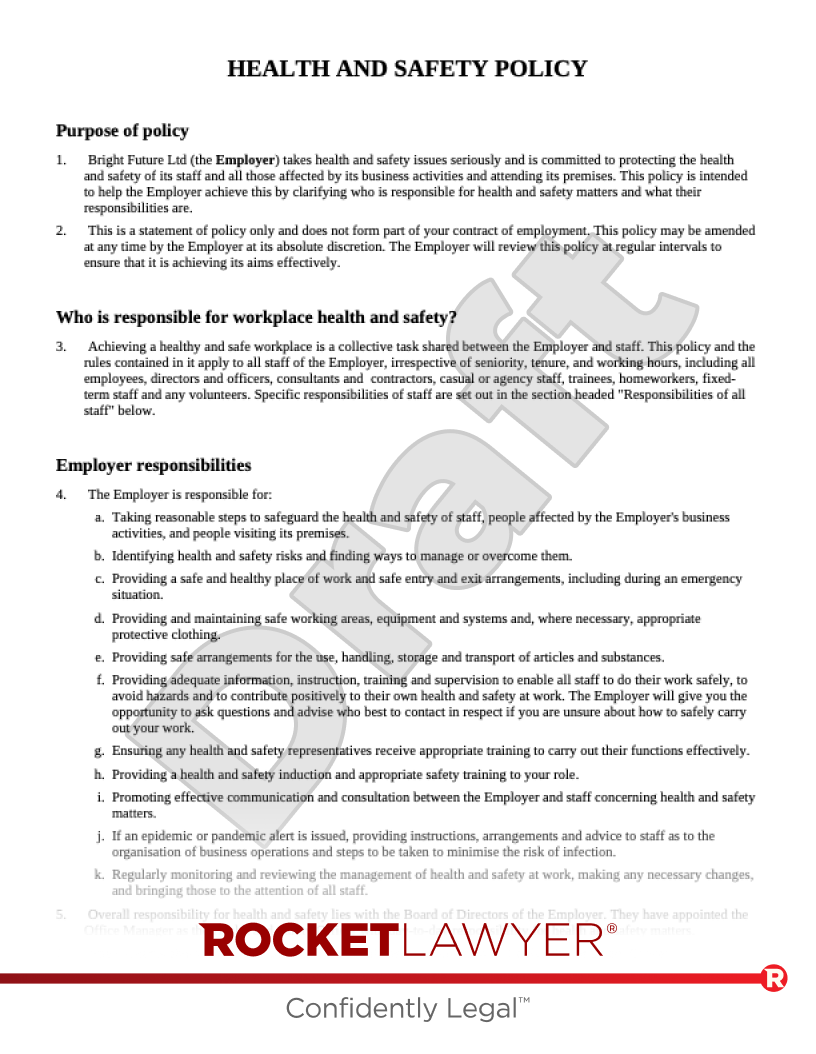Which rules apply?
Which laws are relevant to a vehicle and how it can be driven depend on:
-
the vehicle’s weight
-
the country the vehicle is being driven in, and
-
what the vehicle is being used for
Key sets of rules that may apply to a driver, and the circumstances in which they do, are as follows:
The EU rules
The EU drivers’ rules apply if:
-
the vehicle’s (or vehicle combination’s, ie the joint combination of various vehicles or components) weight is more than 3.5 tonnes, and
-
the vehicle is being driven either in the UK or to, through, or from an EU country
Note that certain vehicles (eg specialised breakdown vehicles operating within a 100 km radius of their base) are exempt from the EU rules when being driven in the UK.
The AETR rules
The AETR (ie European Agreement Concerning the Work of Crews Engaged in International Road Transport) rules apply if:
-
the vehicle’s (or vehicle combination’s) weight is more than 3.5 tonnes, and
-
the vehicle is being driven to, through, or from a country that follows the AETR rules
Note that certain vehicles are exempt from the AETR rules. Generally, if a vehicle is exempt from the EU rules, it is also exempt from the AETR rules.
Great Britain (GB) domestic rules
GB domestic rules apply if a vehicle is being driven in England, Wales, or Scotland and any of the following apply:
-
the vehicle’s (or vehicle combination’s) weight is less than 3.5 tonnes
-
the vehicle is exempt from EU rules when driven in the UK, or
-
the vehicle is used in connection with a trade or business
Drivers driving outside of the UK, EU, European Economic Area (EEA), or Switzerland should check local rules before starting. The UK embassy in the country in question will normally be able to provide the relevant information.
As the EU rules are the most relevant to HGV drivers, these will now be explained in greater detail.
Working hours and driving hours
Under The Working Time Regulations 1998, working hours are limited to a maximum of 48 hours a week, averaged over a rolling 17-week period. Working hours must never exceed 60 hours per week or, if night work is performed, 10 hours per shift. There is some scope for flexibility under collective or workforce agreements.
Despite Brexit, HGV drivers in the UK often still have to comply with the EU’s laws on drivers’ hours and tachographs.
Per the EU drivers’ hours’ rules, the standard limit is 9 hours of driving per day. This can, however, be increased to 10 hours for a maximum of 2 days every week. There is an absolute maximum limit of 56 hours per week and 90 per fortnight, and HGV drivers must not drive for more hours than this.
Driving hour rests and breaks
Workers must get a minimum of 11 hours of uninterrupted rest every day. This can be reduced to 9 hours 3 times per week (this is known as a ‘reduced daily rest period’).
Further, drivers must have 45 hours of unbroken rest every week. This can be reduced to 24 hours every other week. There should be no more than 6 consecutive 24-hour periods between weekly rests.
Drivers must also have a break of at least 45 minutes (or multiple breaks totalling 45 minutes) after no more than 4.5 hours of driving. In other words, after a maximum of 4 hours and 30 minutes of driving, you must either take a break of at least 45 minutes or start a rest period. You can choose to split your break into 2 periods of 15 minutes and 30 minutes, as long as you get your full 45-minute break per 4.5 hours of driving.
Drivers who are driving goods vehicles on international trips can take 2 consecutive reduced weekly rest periods (ie less than 45 hours) if they are outside the UK and outside their country of residence. However, over a 4-week period, 2 of your weekly rest periods must still be at least 45 hours.
Keeping records of driving hours and rest breaks
Drivers must keep records of their driving hours and rest breaks.
All driving done under the EU drivers’ rules must be recorded on a tachograph. This is a device that records a vehicle's speed, distance, and driver's activities. It's used to monitor drivers’ working hours and rest periods and to promote road safety, helping ensure compliance with rules and regulations.
What happens if HGV driving rules are broken?
If HGV driving rules (including those around tachographs) are broken, drivers may be subject to certain sanctions. These include, but are not limited to:
-
receiving verbal warnings for minor infringements (eg where a rule was broken accidentally)
-
receiving a fixed penalty (ie a fine). How much a driver will have to pay depends on the seriousness of the offence
-
the driver and/or their employer being prosecuted
What documentation do HGV drivers need?
Anyone driving a commercial vehicle that is carrying goods between countries must carry certain documents with them. These include, but are not limited to:
-
a valid driving licence
-
an international driving permit (IDP), if necessary - an IDP is not needed when driving in the EU, Iceland, Liechtenstein, or Switzerland
-
a valid Driver Certificate of Professional Competence (CPC) card - this shows that you are qualified to drive a lorry professionally
-
a valid passport - make sure to familiarise yourself with the EU passport rules
-
relevant healthcare documents - eg appropriate travel insurance with healthcare cover
For more detailed information on the documentation requirements for HGV drivers, see the UK government’s guidance on HGV driver documents.
HGV drivers must also have certain documentation about their vehicles with them. This includes, but is not limited to:
-
the vehicle’s registration documents - ie the vehicle’s log book or, if driving abroad with a hired or leased vehicle for less than 12 months, its VE103
-
trailer registration documents - all commercial trailers weighing more than 750kg need to be registered before being towed through certain countries (eg Germany)
-
certificates for any specialist approvals their vehicle has - eg if the vehicle is carrying dangerous goods
-
a goods vehicle operator licence disc
-
any licences or permits needed for the journey - this depends on which countries the vehicle will travel to or through
-
vehicle and trailer insurance documents - suitable motor insurance must always be in place when driving abroad
-
a UK sticker - this must be affixed to the vehicle in most circumstances
For more detailed information on the documentation requirements for HGVs, see the government’s guidance on HGV and trailer documents.
Due to Brexit, administrative procedures at customs points have increased. Not only do HGV drivers need to carry more documentation with them, but undertaking the necessary checks also takes time, which must be factored into journey times and working hours. For more detailed guidance on HGV driving rules, see the government’s guidance on drivers’ hours and tachographs. Do not hesitate to Ask a lawyer if you have any questions.





